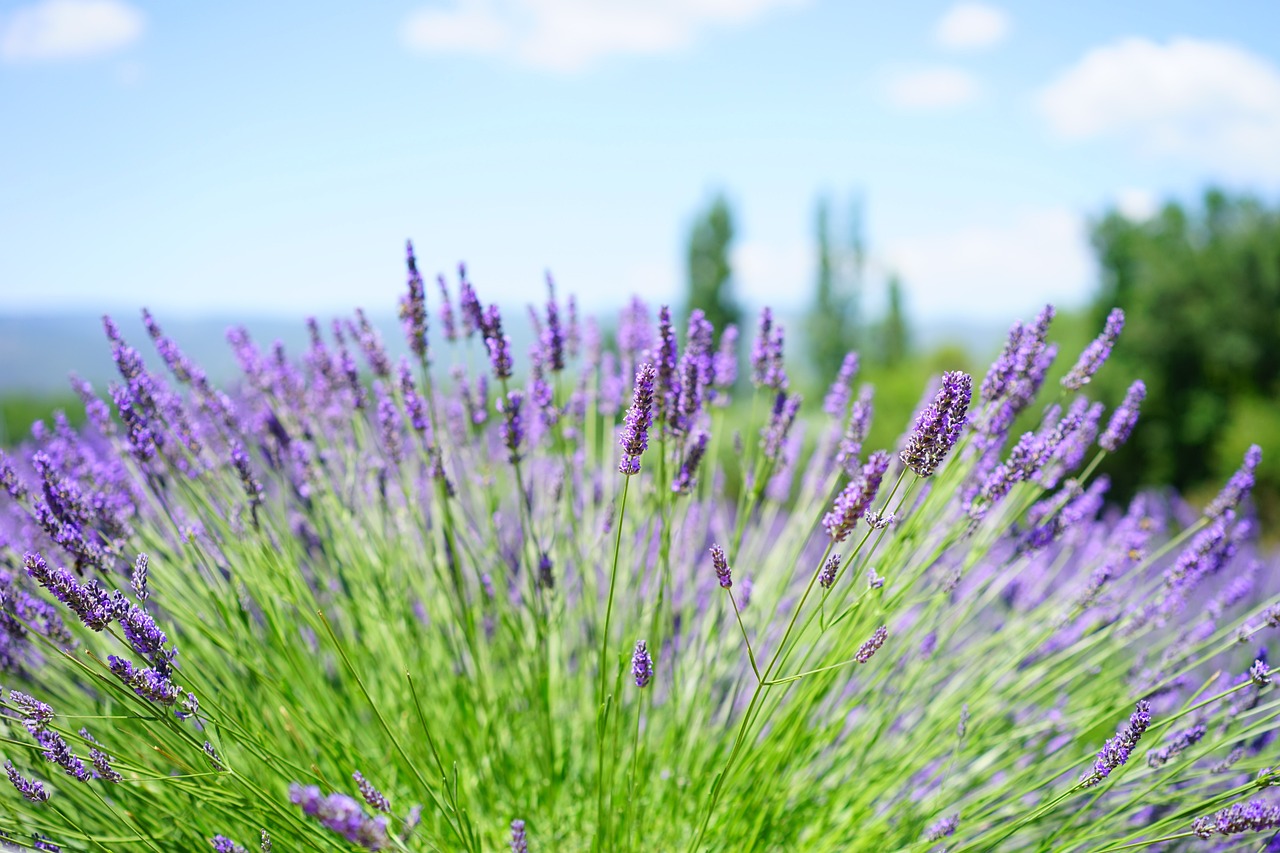Learn how to create a sustainable and healthy medicinal garden filled with healing plants and natural remedies using this simple guide. Discover the many benefits of growing your own medicinal garden and take the first step towards a healthier and more sustainable lifestyle.
Are you tired of relying on synthetic medications and treatments for your health issues? Are you interested in natural remedies that are safe, effective, and sustainable? If so, growing your own medicinal garden might be just the thing for you.
A medicinal garden is a collection of plants that have medicinal properties and can be used to treat various health conditions. Having your own medicinal garden can provide you with a sustainable source of natural remedies that can help you maintain good health and treat common ailments.
So, how can you grow your own medicinal garden? Here’s a step-by-step guide:
Step 1: Plan Your Medicinal Garden
The first step in growing a medicinal garden is to plan what plants you want to grow. Research the different herbs and plants that have medicinal properties and choose the ones that are most useful for your needs.
Consider factors such as climate, soil type, and sun exposure when selecting your plants. Make sure that the plants you choose will thrive in your growing conditions.
Step 2: Choose a Location
Choose a location for your medicinal garden that has good drainage, receives ample sunlight, and is out of the way of foot traffic.
Herbs and plants that have medicinal properties can be sensitive and require specific growing conditions to thrive. Choose a location that will provide them with the ideal environment for growth and health.
Step 3: Prepare The Soil
Prepare the soil by adding compost, manure, or other organic matter to improve the soil quality. This will provide your plants with the nutrients and minerals they need to grow strong and healthy.
Remember to test the soil pH to ensure that it is within the optimal range for the plants you want to grow. Different plants require different pH levels for optimal growth.
Step 4: Plant Your Medicinal Garden
Plant your medicinal garden by following the instructions for each herb or plant you’ve chosen. Make sure to give the plants enough space so that they can grow properly.
Water your plants regularly and provide them with the necessary nutrients and care. Keep track of your plants’ growth and make adjustments as needed to ensure they are thriving.
Step 5: Harvest and Store Your Medicinal Plants
Once your medicinal plants have matured, you can begin to harvest and store them for use in natural remedies. Different plants will require different harvest times and methods.
Dry your herbs and plants using a dehydrator or by hanging them in a dry, well-ventilated area. Store them in airtight containers in a cool, dark place.
Growing your own medicinal garden is an excellent way to connect with nature, promote sustainable living, and provide you with natural remedies for common ailments. Follow these simple steps to create your own medicinal garden and take a step towards a healthier, more natural lifestyle.
Best Medicinal Plants to Grow and Remedies
Aloe Vera
Aloe vera is one of the most popular medicinal plants known for its healing and soothing properties. It is known to treat skin irritations, cuts, burns, and insect bites. It is also used to treat constipation, digestive problems, and boost the immune system.
Remedy: Aloe vera gel is extracted from the leaves, and can be applied directly to the skin. The juice from the leaves can be consumed directly or mixed with other juices to improve digestion.
Ginger
Ginger is a root that is commonly used to treat nausea and digestive problems. It is also known to improve circulation, relieve pain and inflammation, and boost the immune system.
Remedy: Ginger can be consumed as a tea or used in cooking, or ingested in capsule form.
Echinacea
Echinacea is a flower that is commonly used to treat colds, flu, and other respiratory infections. It is also known to boost the immune system and reduce symptoms of anxiety and depression.
Remedy: Echinacea can be consumed as a tea, or ingested in capsule form.
Peppermint
Peppermint is a plant known for its soothing properties. It is commonly used to reduce symptoms of bloating, gas, and indigestion. It is also known to relieve headaches and migraines.
Remedy: Peppermint can be consumed as a tea or used in cooking. Peppermint oil can be applied directly to the skin to relieve headaches and muscle pain.
Lavender
Lavender is a flower known for its calming and soothing properties. It is commonly used to relieve anxiety and promote relaxation. It is also known to treat skin irritations, burns, and insect bites.
Remedy: Lavender essential oil can be diffused, added to a bath, or applied directly to the skin. Lavender tea can also be consumed to promote relaxation.
The Author:
Pioneerthinking.com – Ingredients for a Simple Life.
Photo. Hans
